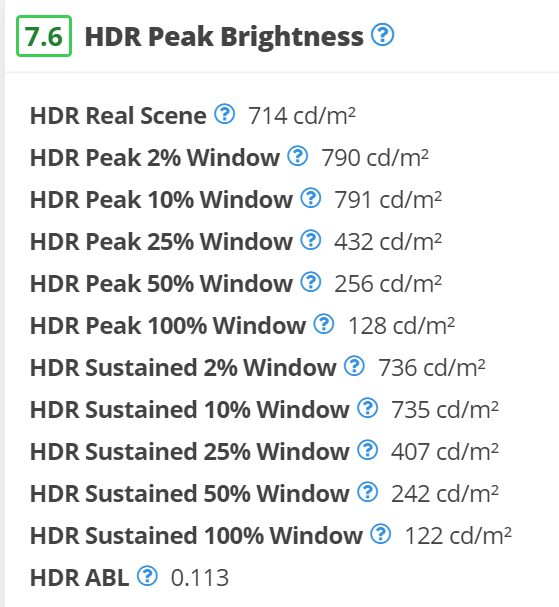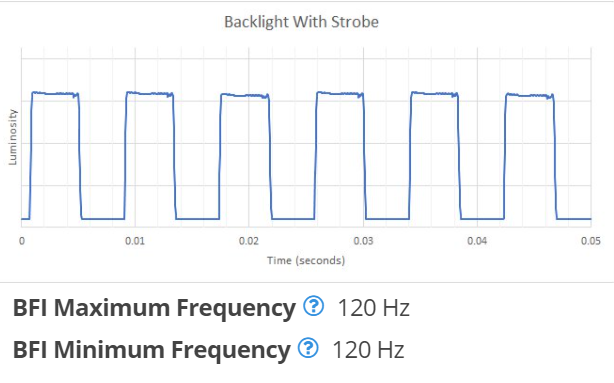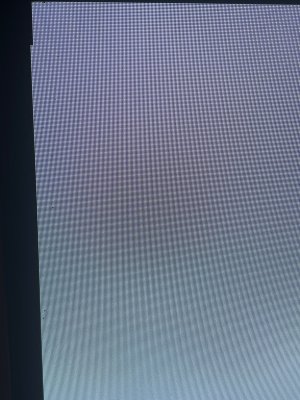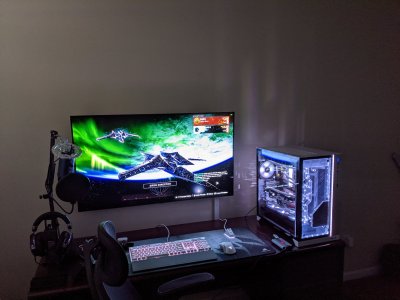Looks like the very comparable Gigabyte FO48U is somewhat of a bust compared to the LG C1 (and even CX) if you care at all about HDR brightness and/or BFI (Per the RTings.com Early Access review). I understand that Display Port input can be very important to some people but not worth the downgrade IMO. Everything else trades blows since it's probably the same LG panel (FO48U has slightly better SDR color gamut / volume, HDR color volume, and Image retention). More discussion in the Gigabyte AORUS FO48U thread btw.
FO48U:

LG C1:

FO48U:

LG C1:

| Test | LG C1 | FO48U | Diff |
| Build Quality | 9.0 | 9.0 | 0.0 |
| Contrast | 10.0 | 10.0 | 0.0 |
| Local Dimming | 10.0 | 10.0 | 0.0 |
| SDR Peak Brightness | 6.2 | 6.3 | 0.1 |
| HDR Peak Brightness | 7.6 | 6.4 | -1.2 |
| Horizonal Viewing Angle | 9.1 | 9.1 | 0.0 |
| Vertical Viewing Angle | 9.4 | 9.2 | -0.2 |
| Gray Uniformity | 9.2 | 9.0 | -0.2 |
| Black Uniformity | 10.0 | 10.0 | 0.0 |
| Pre Calibration | 7.2 | 7.2 | 0.0 |
| Post Calibration | 9.6 | 9.4 | -0.2 |
| SDR Color Gamut | 8.7 | 9.4 | 0.7 |
| SDR Color Volume | 9.1 | 9.8 | 0.7 |
| HDR Color Gamut | 8.1 | 7.9 | -0.2 |
| HDR Color Volume | 6.8 | 7.3 | 0.5 |
| Image Retention | 8.9 | 9.9 | 1.0 |
| Gradient | 9.1 | 9.1 | 0.0 |
| Color Bleed | 9.7 | 10.0 | 0.3 |
| Reflections | 9.1 | 9.2 | 0.1 |
| Text Clarity | 7.0 | 6.5 | -0.5 |
| Response Times @ Max Refresh | 9.9 | 10.0 | 0.1 |
| Response Times @ 60hz | 9.9 | 10.0 | 0.1 |
| Image Flicker | 10.0 | 10.0 | 0.0 |
| Black Frame Insertion (BFI) | 8.9 | 5.9 | -3.0 |
| Refresh Rate | 8.7 | 8.7 | 0.0 |
| Input Lag | 9.3 | 9.3 | 0.0 |
| Resolution and Size | 9.0 | 9.0 | 0.0 |
| Sum | 239.5 | 237.6 | -1.9 |
FO48U:

LG C1:

FO48U:

LG C1:

![[H]ard|Forum](/styles/hardforum/xenforo/logo_dark.png)

